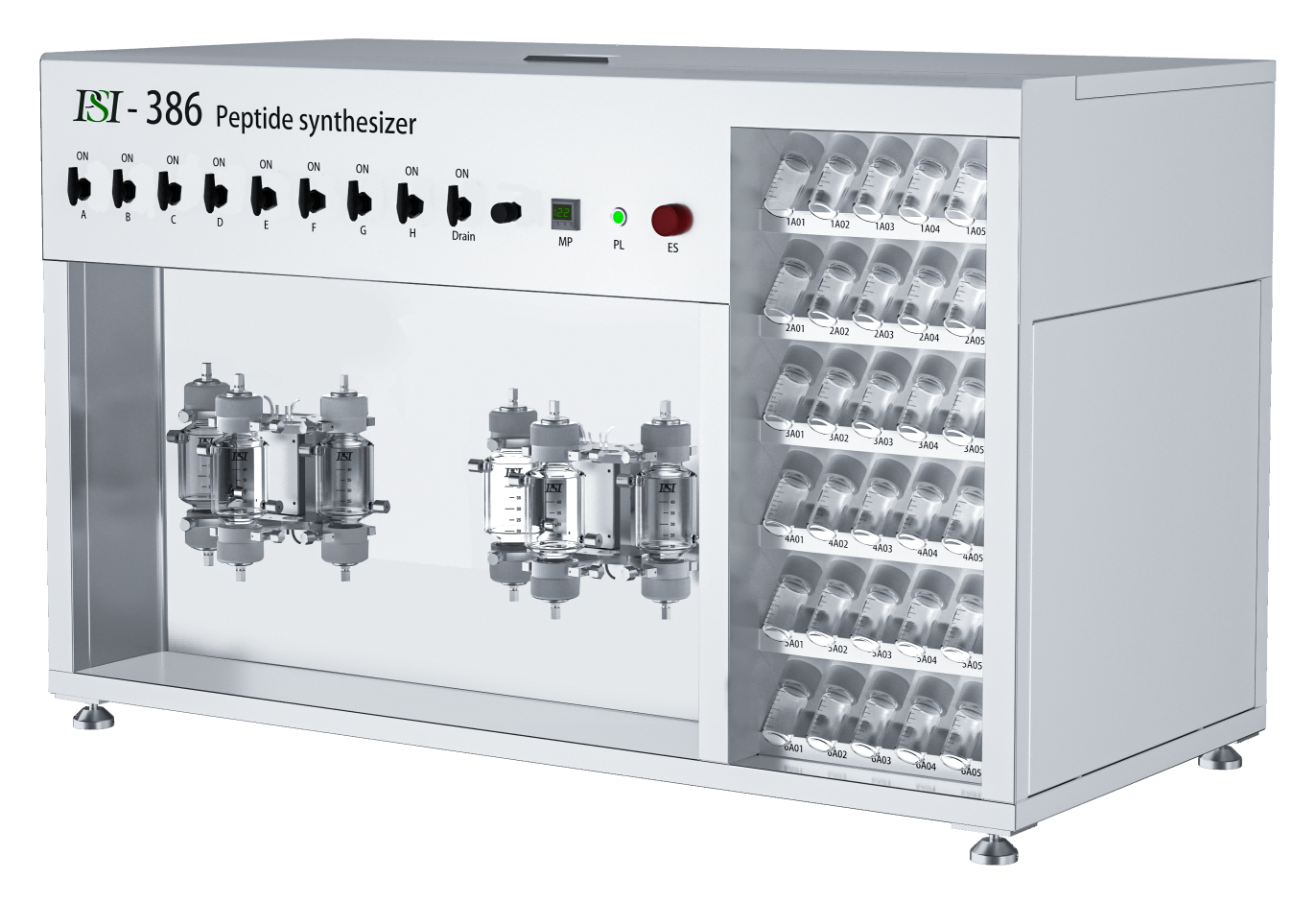Analyze the operation process and technical points of six-channel peptide synthesizer
Release Time:2024-05-06
Number of views:1536
A six-channel peptide synthesizer is a precision instrument used to synthesize peptide molecules, which is used to synthesize customized peptides by adding amino acids one by one to the end of the peptide chain through the solid phase peptide synthesis (SPPS) technique. Such synthesizers are commonly used in biotechnology, drug discovery, protein engineering and life science research.
I. Operation process of six-channel peptide synthesizer:
1. Prepare raw materials: choose suitable amino acid resins, protective groups and condensation reagents. Make sure all reagents and solvents are dry to avoid hydrolysis reaction.
2. Load resin: Load amino acid resin into the reaction column of the synthesizer. The resin can be evenly distributed in the six channels to ensure the synthesis efficiency and quality of each peptide chain.
3. Amino acid coupling: Mix the desired amino acids with appropriate condensation reagents and add them to the reaction column. The coupling reaction usually takes some time to ensure that the amino acids are completely bound to the resin.
4. Removal of Protective Groups: After the coupling of all amino acids is complete, the protective groups need to be removed in order to expose the amino groups in preparation for the next round of coupling.
5. Cleaning and de-activation: After deprotection, the resin needs to be thoroughly cleaned and residual reactive groups need to be de-activated to prevent them from interfering with subsequent reactions.
6. Successive cycles: Repeat the above steps until the target peptide is synthesized. Each cycle needs to ensure the complete coupling of amino acids and the complete removal of protective groups.

II.Technical points:
1. Selection of solid-phase carrier: Selection of a suitable solid-phase carrier (e.g., resin) is crucial for peptide synthesis. The type and nature of the resin will affect the speed and efficiency of the synthesis.
2. Condensation reaction: Condensation reaction is a key step in peptide synthesis, and efficient condensation reagents need to be selected to ensure that the bonding between amino acids is complete and reversible.
3. Protection strategies: In peptide synthesis, the side chains of amino acids usually need to be protected to prevent them from reacting unnecessarily during the condensation process. Choosing the right protecting group and controlling the conditions for its deprotection is the key to the success of the synthesis.
4. Waste disposal: Waste and unreacted reagents generated during the synthesis process need to be properly disposed of to minimize environmental pollution and ensure laboratory safety.
5. Quality control: Throughout the synthesis process, regular quality control tests are required to ensure that each step of the reaction is carried out as planned and that the synthesized peptide meets the predetermined specifications and purity requirements.
The operation of the six-channel peptide synthesizer requires fine chemical reaction control and strict process management. A good understanding of the synthesizer's operating procedures and technical points is essential to improve the efficiency and quality of peptide synthesis.




